Results 1 to 9 of 9
 21Likes
21Likes
Thread: Coticule?
-
06-24-2017, 06:56 PM #1Junior Member

- Join Date
- Mar 2014
- Posts
- 23
Thanked: 1 Coticule?
Coticule?
Recently I bought a hone off the internet. It's supposed to be a coticule. However, it doesn't have the bbw back. Also, I already have a (new) coticule, which feels a lot softer.
I didn't try the hone yet. Could anyone enlighten me whether or not it is actually a coticule, and if so, which layer it was harvested from?
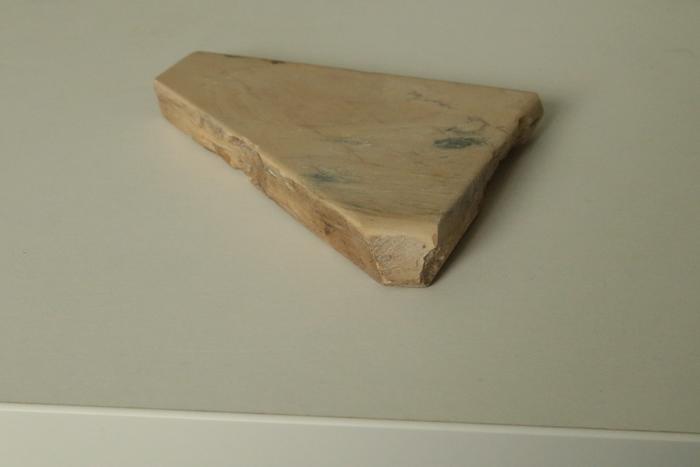
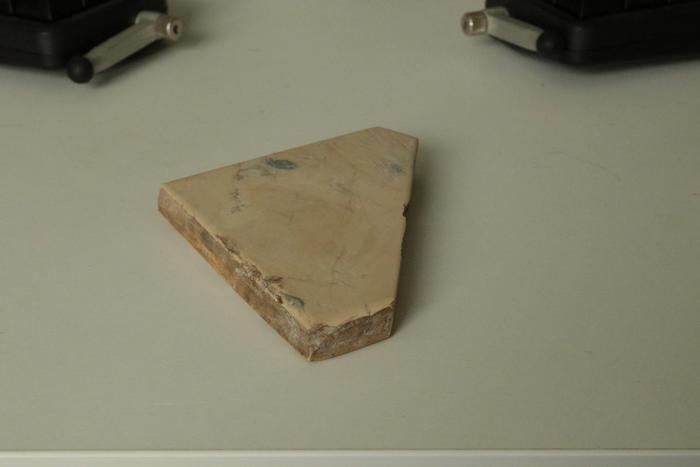
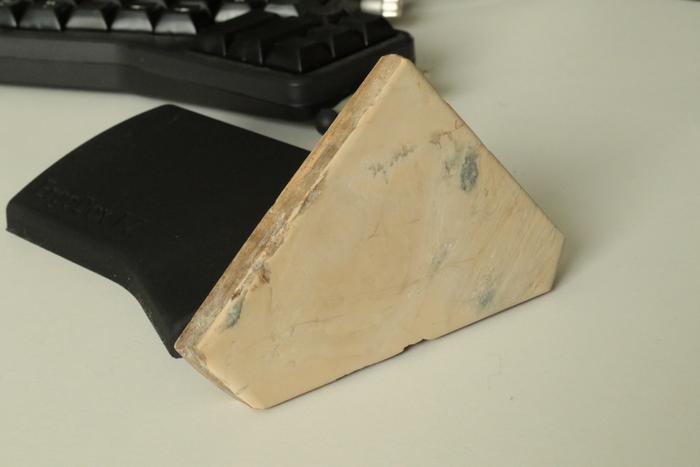
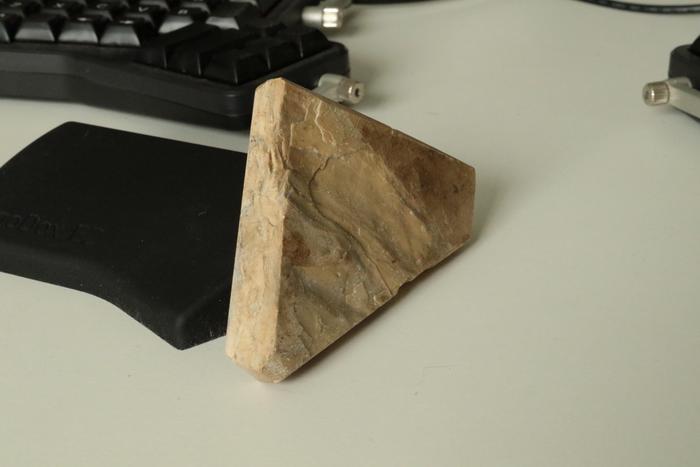
-
06-24-2017, 11:23 PM #2

In my personal opinion, it probably is a Coticule.
You did not give the size. Looks about 5+" on the long side. Hard is good for one. The manganese inclusions are a plus. Raise a light slurry and try it out. Use a dilution every 20 strokes by drops of water added after you have a good bevel may work best. A lot of strokes and finish on running water. Use Elliptical strokes. YMMV!
~RichardLast edited by Geezer; 06-24-2017 at 11:25 PM.
Be yourself; everyone else is already taken.
- Oscar Wilde
-
The Following User Says Thank You to Geezer For This Useful Post:
metsie (06-28-2017)
-
06-25-2017, 03:41 AM #3

It most certainly is a coticle. It looks like a les latneuses. They are very hard and fast cutters with slurry and a nice finish with water. Play around with it and see what it does. Good luck.
-
06-25-2017, 08:07 PM #4
 Coticule?
Coticule?
Its as already mentioned a Hybrid Coticule, which in most cases is most likely called a Les Latneuses layer....there are very different layers withing the Belgium region, also many mixed or hybrid layers which many of us also today do not know or which werent sold commercially for some reasons (fex. Too course not good enough to get marketed, etc..). Those hybrid layers in many cases contain good amounts of pure quartz either in bigger veins or spread within the hybrid matrix....
Youre top side looks like its the transition area towards a hybrid layer. The hybrid layer on the back seems to be not stable enough, i would try to lap the backside to to get two sides to work with....
Here is an Example of a Hybrid Triangle Stone with parts of BBW color
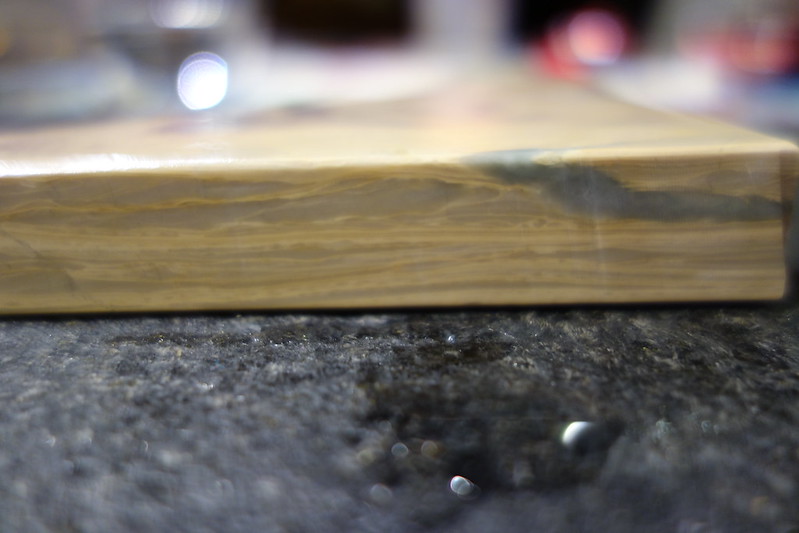
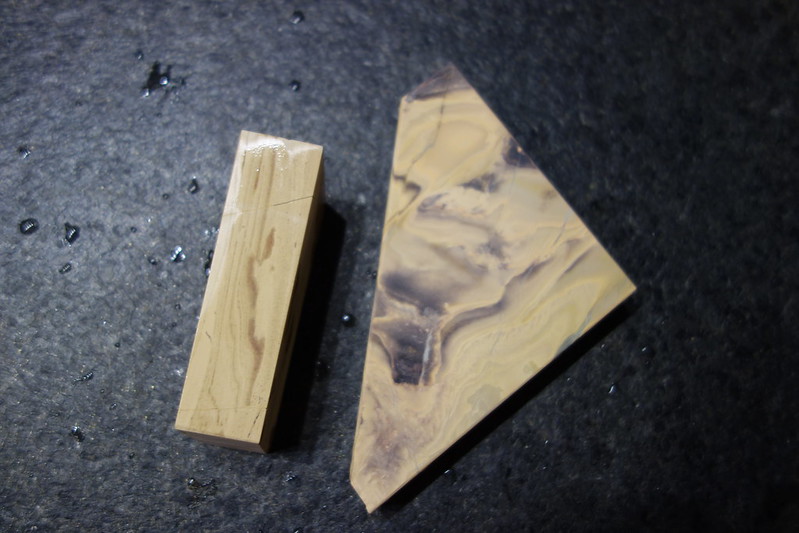
Last edited by doorsch; 06-25-2017 at 08:11 PM.
███▓▒░░.RAZORLOVESTONES.░░▒▓███
-
The Following User Says Thank You to doorsch For This Useful Post:
metsie (06-28-2017)
-
06-26-2017, 09:47 PM #5

Are those hybrid coticules with quartz parts good for honing ?
-
06-27-2017, 10:19 AM #6
 ███▓▒░░.RAZORLOVESTONES.░░▒▓███
███▓▒░░.RAZORLOVESTONES.░░▒▓███
-
The Following 3 Users Say Thank You to doorsch For This Useful Post:
dinnermint (06-27-2017), metsie (06-28-2017), Thaeris (06-27-2017)
-
06-28-2017, 05:14 AM #7

As Sebastian says... and a little more. Today hybrid coticules are valued and the prices goes up. Some, or most hone collectors find them pretty and I can see why.
I have a lot of coticules, vintage mined and new. I also have fair amount of hybrids.
The Coticule is my favorite finisher. My best ones beat Thuringians and the jnats I have tried.
Hybrids are a fair bit harder, then most other coticules. They can finish a razor in most cases, but require a lot more work and skills.
Also hybrids have two sides, as Sebastian explained.
There's a coticule side and a hybrid side. The last consist of chlorite and quartz and is capable of very fine polishing. The layer has different properties. Some stones are very fast, and others very slow.
As finishers the slow ones are best, but.... IMHO they don't come near the other layers. The most common layer, La Verte, usually easy beat a hybrid in performance.
That say, they are beautiful stones, and so is yours.
The prices are high, but the Ardennes has come to the layer again, so new stones are being mined this year. Perhaps prices go down?
I prefers the others layers any day. But I do love my hybrids as they are cool looking stones. [emoji4]
Sent from my iPad using Tapatalk
-
The Following User Says Thank You to Kristian For This Useful Post:
metsie (06-28-2017)
-
06-28-2017, 10:41 AM #8Junior Member

- Join Date
- Mar 2014
- Posts
- 23
Thanked: 1
Hi All,
First of, thanks for all the responses and sorry for the late reaction from my side... I was kinda busy with work.
Sizes are: 10,5 cm by 10 cm by 8 cm, which is 4,13 inch by 3,93 by 3,14.
I did try to use it like my other coticole, like how's explained on coticule.be (dulicot method, making it dull by taking is softly over a glass to start with) and after that sharpening it only using that one coticule. It's quite sharp, passing the HHT and topping my armhair, but I didn't really like the shave, and I think it's not evenly sharp over the entire edge. I'll try to sharpen my razor same way with my old coticule and only use the hybrid as a finisher, starting with a light slurry as you suggested Richard. I bet I should have done that in the first place :-).
I'll also order a lapping stone to try and lap the backside of the stone, as you suggested Doorsch. What kind of lapping stone is preferrable to use on a coticule? Or can I just use my Naniwa 220 / 1000 for this?Last edited by metsie; 06-28-2017 at 11:19 AM. Reason: Added related question
-
The Following User Says Thank You to metsie For This Useful Post:
Geezer (06-28-2017)
-
06-28-2017, 04:44 PM #9

In most cases coarser DMTs or Lapping stones are used, no Bench stones so i wouldnt recommend a 220 or 1000 grit Benchsstone...a cheaper variant before buying a DMT is Sanding Paper which is usable in wet conditions...mostly starting at 220 or 400 going upwards to 600 or 800. depending on the hybrid it could be that you have to start coarser...like 80 or 100....
███▓▒░░.RAZORLOVESTONES.░░▒▓███



 LinkBack URL
LinkBack URL About LinkBacks
About LinkBacks






 Reply With Quote
Reply With Quote



